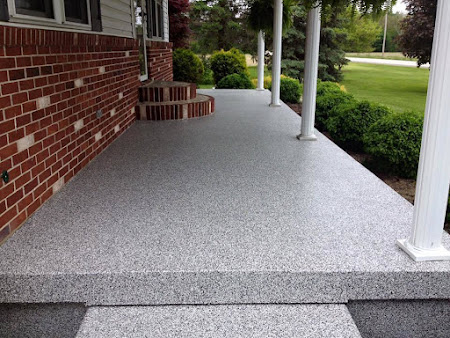Exploring the Different Types of Retaining Walls: Which is Right for You?
Retaining walls serve as essential structures in landscaping and civil engineering, providing stability and support to soil, especially in areas with sloped terrain.
They prevent erosion, manage water runoff, and create usable spaces in otherwise challenging landscapes. However, choosing the right type of retaining wall is crucial to ensure effectiveness and longevity.
Gravity Retaining Walls: Strength in Simplicity
Gravity retaining walls Adelaide rely on their weight to resist the lateral pressure of the soil they hold back. Made from materials like stone, concrete, or brick, these walls are sturdy and durable.
They're suitable for low to moderate-height applications and offer a natural aesthetic that complements various landscapes. However, they require a solid foundation and may not be suitable for extremely tall or heavy-duty applications.
Cantilever Retaining Walls: Engineering for Efficiency
Cantilever retaining walls utilise a reinforced concrete slab or beams to distribute the pressure from the retained soil back into the ground. They offer greater flexibility in design and can accommodate higher loads and taller heights compared to gravity walls.
With proper engineering, cantilever walls can withstand significant lateral forces while requiring relatively less material. However, their construction often demands professional expertise and precise calculations to ensure structural integrity.
Sheet Pile Retaining Walls: Versatility in Challenging Environments
Sheet pile retaining walls Adelaide consist of interlocking steel, vinyl, or wood panels driven vertically into the ground. They're commonly used in waterfront areas, where soil conditions are challenging or space is limited.
Sheet piles offer quick installation and can be effective in both temporary and permanent applications. However, they may require additional corrosion protection in corrosive environments and can be visually unappealing compared to other types of walls.
Gabion Retaining Walls: Blending Functionality with Natural Aesthetics
Gabion retaining walls Adelaide are constructed by filling wire baskets with stones or other suitable materials. They provide excellent drainage and are ideal for creating terraced landscapes or adding a rustic touch to outdoor spaces.
Gabions are flexible and can adapt to ground movement, making them suitable for a variety of soil conditions. However, they may require periodic maintenance to ensure the integrity of the wire baskets and prevent vegetation from growing through them.
Conclusion:
Choosing the right type of retaining wall depends on various factors, including the site's topography, soil conditions, budget, and aesthetic preferences. Gravity walls offer simplicity and natural beauty but are limited in height and load-bearing capacity.
Cantilever walls provide structural efficiency and versatility but require professional engineering. Sheet pile walls are ideal for challenging environments but may lack visual appeal. Gabion walls blend functionality with aesthetics but may require maintenance over time.
Before selecting a retaining wall type, it's essential to consult with professionals and consider all factors to ensure the chosen wall meets your specific needs and requirements.
Whether it's enhancing the beauty of your landscape or providing stability to your property, the right retaining wall can make a significant difference in both functionality and aesthetics. So, explore the options, weigh the pros and cons, and make an informed decision to find the perfect retaining wall solution for your project.




Comments
Post a Comment